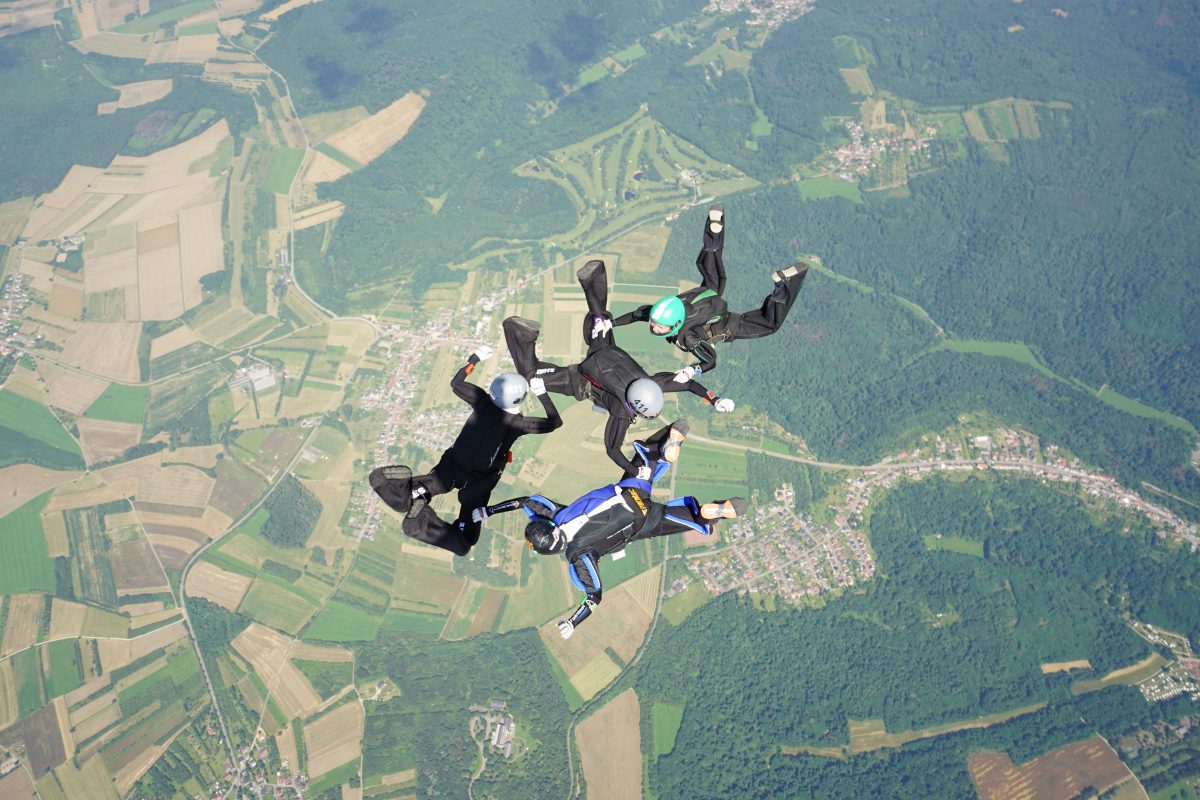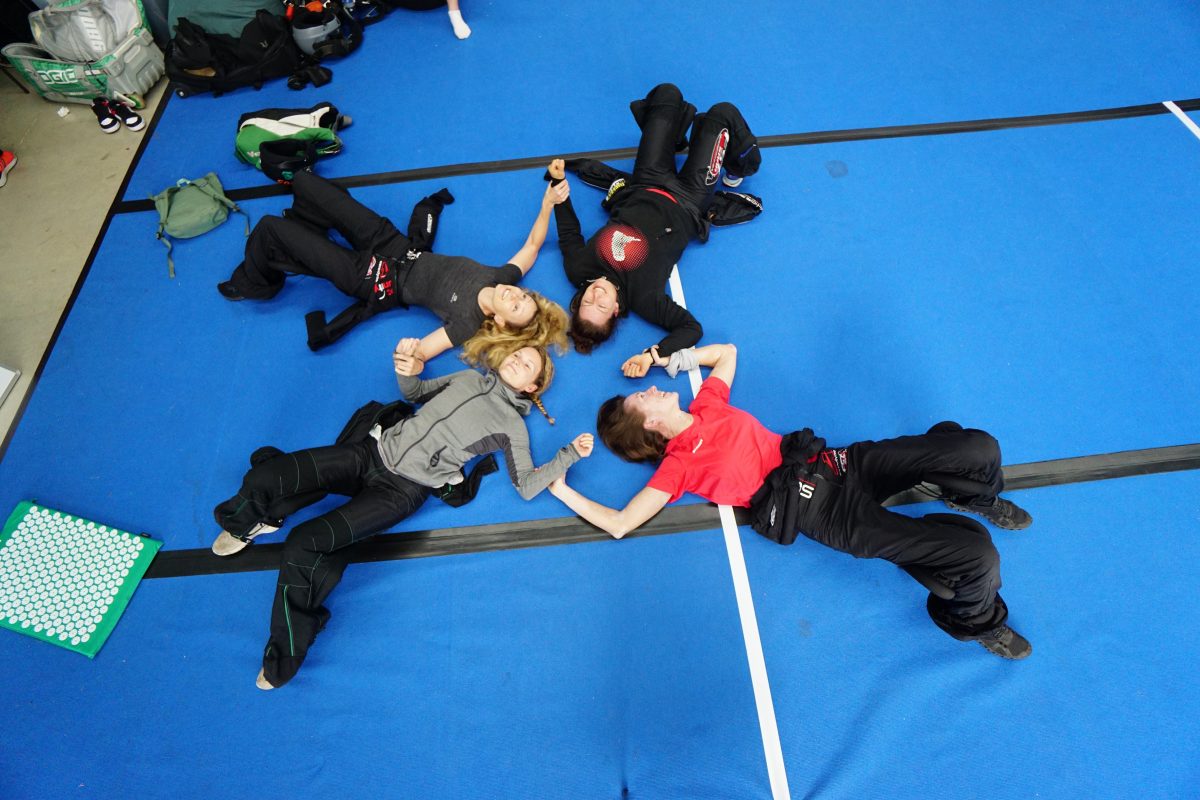
Recruiting new Team Members | Part 1
Thursday, September 2, 2021
- Team CYPRES
- 9/02/21
- 0
- General, Sponsored Athlete
Looking for a new team member is
something that surely everyone who jumps in a team has already experienced. It is a challenge every time and you can never be sure if you will be successful. In our experience, there are two things that need to be considered in order to find a new long term team member. First, the team needs to be clear about what to expect from the new team member and second, how to find them. But let’s proceed step by step. First of all you should be clear about the criteria you are looking for in a new team member. Of course, this also applies in the other direction when a jumper is looking for a new team. If you communicate clearly and openly about this in advance, there will be less discussion or misunderstanding later.

Time & Money:
An obvious criteria is the amount of time and money all team members are able to invest for team training and competitions. If a (new) team member does not have enough vacation days for the trainings and competitions or has to consider financial debt for them, it will not work. Time and money are the two “hard” factors, which are very important when looking for a new team member, but – as we have learned – can be influenced by good sponsoring (even by family & friends) or alternative training methods.
Much more important are two other, more “soft” factors: the common goal (or the common commitment) and the ability to work as a team – that is, that people understand each other enough to be able to work together as a real team.
Common Goal:
It is important that all team members agree on the goal to be achieved and are willing to do whatever is necessary to achieve it. This applies both during and between team training sessions. If you agree in advance that you want to do 12 jumps a day, then you should stick to that during training, even if it means that you will be arriving at home an hour later than usual. Sometimes your personal ego has to step back a little to push the team forward. And if you repeatedly take a specific grip in a wrong way, then you have to visualize more at home so that you do it better next time.
Good Teamwork Skills:
is another necessary factor for a successful and persistent team. All team members must trust each other enough so that conflicts can be addressed actively. Furthermore they must be more committed to the team than to themselves as they all have to take responsibility to meet the goals that have been set. All of this is even more important when things don’t go well: when a block just doesn’t want to get better despite hard training, in case of a bad result in a competition or of course in the time of a pandemic…
Once these criteria are clearly defined in the team, it is easy to communicate them to a potential new member – and vice versa. While checking the “hard” factors – i.e. time and money – is quite easy, but it is much harder with the “soft” factors. Claiming that you want to achieve a certain average score or become the best team in the country is easy and usually done quite fast, but actually doing all that is necessary to achieve it is something entirely different. And it is very difficult to verify this in advance with a potential new team member.

Chemistry & Character:
Another criterion – good chemistry based on complementary characters – is also not so easy to verify. If you get to know someone, it is usually quite nice in the beginning, and everything goes well. But whether you can really get along with someone in the long run is something you usually only know after a certain amount of time – after a few hard days of training, when the initial euphoria has faded and everyone is tired. This is where try-out training camps can help – preferably one indoor camp and one outdoor camp. This way, technical training and freefall training can be experienced together and progress between the two camps can be a helpful indicator too.
In addition to clarifying the above criteria, the next step is how to find suitable “candidates” for the team. Unfortunately, the pool of possible candidates becomes smaller and smaller as the amount of commitment, time and money increases for each individual team member. Read more about our recruitment process in our next Blog Post…
– To be continued –
Sylvia
Tags: CYPRES, CYPRES Athlete, Skynamite, Sponsored
Adventure, Tips, and Adrenaline
Subscribe to Our Newsletter
By signing up for our newsletter you declare to agree with our privacy policy.

